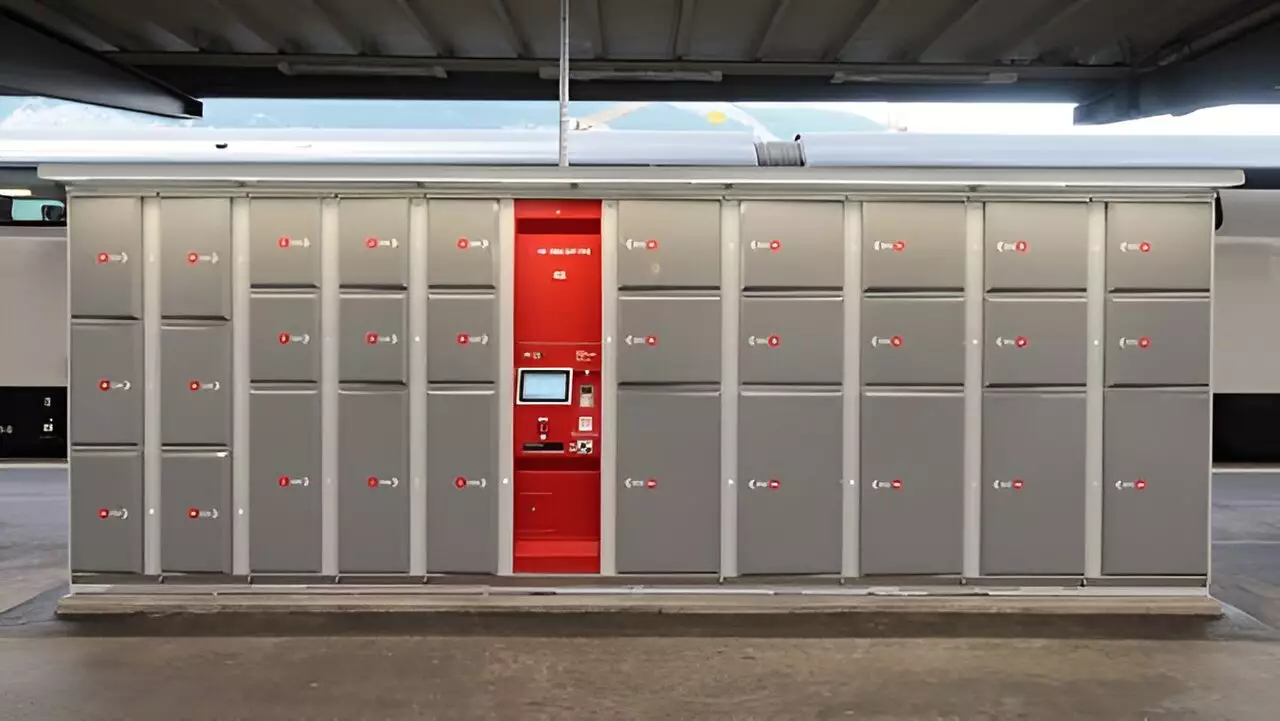The rapid growth of e-commerce has led to a significant increase in the number of parcels being delivered worldwide. With 161 billion parcels delivered in 2022, there is a pressing need to address the environmental impact of these deliveries, particularly in urban areas. In this article, we will explore sustainable solutions to reduce carbon emissions, traffic congestion, and air pollution associated with last-mile parcel deliveries.
One of the key solutions to reducing the environmental impact of parcel deliveries is the transition to low-emission vehicles. Electric delivery vans powered by renewable energy sources have the potential to significantly reduce carbon emissions and air pollution. However, the global sales share of electric delivery vans and trucks in 2023 was just under 5%, indicating that more effort is needed to increase their adoption.
In addition to transitioning to low-emission vehicles, optimizing the organization of deliveries can also help reduce the environmental impact of parcel deliveries. This can include route optimization, efficient planning of delivery schedules, and the use of innovative technologies to streamline the delivery process. By optimizing delivery organization, companies can reduce delivery vehicle distances, cut emissions, and achieve cost savings.
One innovative idea to reduce the environmental impact of parcel deliveries is crowdshipping. Crowdshipping applies crowdsourcing to delivery services by allowing members of the public to deliver parcels in the course of their journeys. By leveraging existing transport capacity, crowdshipping can help streamline movement in cities and reduce the need for dedicated couriers. Platforms like Roadie or DoorDash can match people with parcels bound for destinations close to where they are already headed, minimizing detours and optimizing delivery routes.
A simulation of crowdshipping in Singapore showed that outsourcing just 11% of parcel deliveries to crowdshippers riding public buses could lead to significant benefits. This includes a 20% reduction in delivery vehicle distances, cuts in emissions, and cost savings for carriers. The positive response from potential crowdshippers in the survey indicates that there is a willingness among passengers to serve as crowdshippers, especially if they are paid one to two times their transport fare.
While crowdshipping holds promise as a sustainable solution for parcel deliveries, there are several practical considerations that need to be addressed. These include ensuring that crowdshipping does not cause extra congestion or delays during peak-hour commutes, limiting crowdshipping to off-peak hours, and maintaining reliability and trust among users. By addressing these considerations, carriers can explore the potential of crowdshipping to complement their regular delivery operations.
As cities continue to grapple with the challenges of urban mobility and sustainability, exploring innovative solutions like crowdshipping is crucial. By integrating passenger and freight transport, cities can improve the efficiency of city logistics operations and reduce the environmental impact of parcel deliveries. Through data-driven transport modeling and simulation, we can develop and test new ideas like crowdshipping to make urban mobility more sustainable and efficient.


Leave a Reply